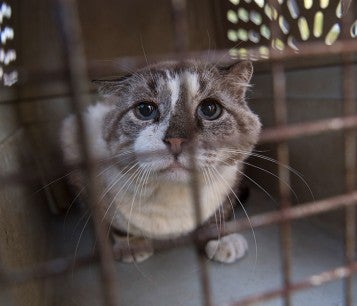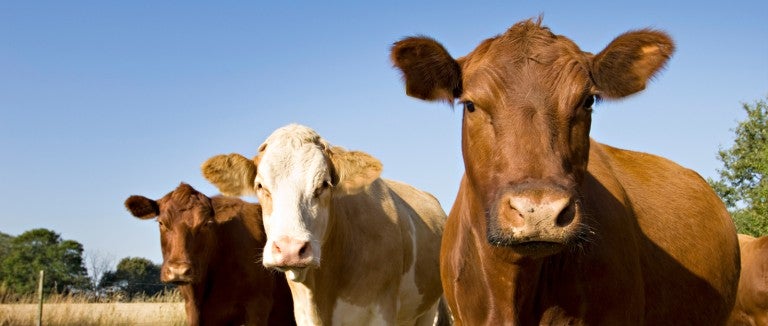Plan for your livestock
Write down a list of emergency telephone numbers, including those of your employees, neighbors, veterinarian, state veterinarian, poison control, local animal shelter, animal care and control, county extension service, local agricultural schools, trailering resources and local volunteers. Include a contact person outside the disaster area. Give it to everyone involved in caring for your livestock.
Contact your state department of agriculture and county extension service well in advance of a disaster to learn how they can help in the event of an evacuation. If your animals cannot be evacuated, these agencies may also be able to provide on-farm help or insight.
Make sure every animal has durable and visible identification.
Ensure that poultry has access to high perches if they are in a flood-prone area, as well as to food and clean water above the potential flood line.
Reinforce your house, barn, and outbuildings with hurricane straps and other measures.
Perform regular safety checks on all utilities, buildings and facilities on your farm.
Use only native and deep-rooted plants and trees in landscaping (non-native plants are less durable and hardy in your climate and may become dislodged by high winds or broken by ice and snow).
Remove all barbed wire and consider rerouting permanent fencing so that animals may move to high ground in a flood and to low-lying areas during high winds.
Install a hand pump and obtain enough large containers to water your animals for at least a week (municipal water supplies and wells are often contaminated during a disaster).
Identify alternate water and power sources. A generator with a safely stored supply of fuel may be essential, especially if you have electrical equipment necessary to the wellbeing of your animals.
Secure or remove anything that could become blowing debris. Make a habit of securing trailers, propane tanks and other large objects. If you have boats, feed troughs or other large containers, fill them with water before any high wind event. This prevents them from blowing around and will also give you an additional supply of water.
If you use heat lamps or other electrical machinery, make sure the wiring is safe and that any heat source is clear of flammable debris.
Label hazardous materials and place them all in the same safe area. Provide local fire and rescue and emergency management authorities with information about the location of any hazardous materials on your property.
Remove old, buried trash, which is a potential source of hazardous materials during flooding that may leach into crops, feed supplies, water sources and pasture.
Review and update your disaster plan, supplies and information regularly.
We never know where disasters will strike or when animals may be in need of urgent rescue, but we know we must be ready. Your support makes this lifesaving work possible.

Evacuating without your livestock
If evacuation is not possible, decide whether to confine large animals to an available shelter on your farm or leave them out in pastures. Owners may believe that their animals are safer inside barns, but in many circumstances, confinement takes away the animals' ability to protect themselves. This decision should be based on the type of disaster and the soundness and location of the sheltering building.
Survey your property for the best location for animal sheltering. If your pasture area meets the following criteria, your large animals may be better off out in the pasture than being evacuated:
- No exotic (non-native) trees, which uproot easily
- No overhead power lines or poles
- No debris or sources of blowing debris
- No barbed wire fencing (woven wire fencing is best)
- Larger than one acre in size (if less than an acre, your livestock may not be able to avoid blowing debris)
If your pasture area does not meet these criteria, you should evacuate. Whether you evacuate or shelter in place, make sure that you have adequate and safe fencing or pens to separate and group animals appropriately.
Additional resources
- Pet disaster preparedness: Prevent tragedy by preparing for a disaster or everyday emergency before it happens
- Equine disaster preparedness: Horses require extra consideration in disaster planning
- Community cat disaster preparedness: You can help community (feral and stray) cats before and after a hurricane, earthquake, flood or other disasters
- Wildlife disaster preparedness: You can give wild animals a helping hand during extreme weather
